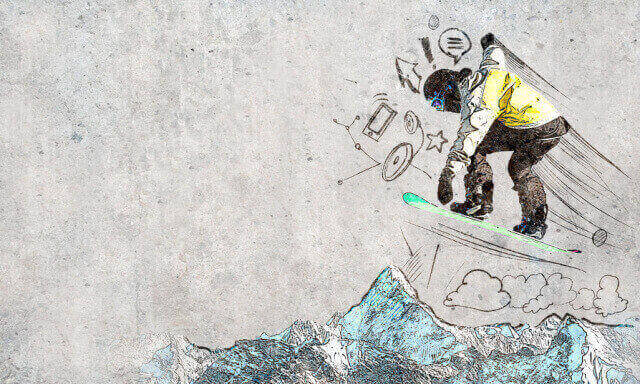How Big Data Is Revolutionizing Ski Resorts
 Over the Christmas holiday this year, I traveled home to Lake Tahoe where I grew up. Somewhat reluctantly, I agreed to try skiing again after a twenty year hiatus. I quickly became fascinated with two things. First, how muscle memory perseveres and second, how much more streamlined that entire ski process has become. From entering rental data on computers that save your info, to targeted email campaigns, to advanced season pass scanning that prevents lift ticket fraud, the ski resort world has been revolutionized by data. Being a data geek, I couldn’t wait to look into how much data had shaped the modern day ski experience and how that affects the resorts bottom lines. Here is how big data is revolutionizing ski resorts, and tips you can take away, no matter your industry.
Over the Christmas holiday this year, I traveled home to Lake Tahoe where I grew up. Somewhat reluctantly, I agreed to try skiing again after a twenty year hiatus. I quickly became fascinated with two things. First, how muscle memory perseveres and second, how much more streamlined that entire ski process has become. From entering rental data on computers that save your info, to targeted email campaigns, to advanced season pass scanning that prevents lift ticket fraud, the ski resort world has been revolutionized by data. Being a data geek, I couldn’t wait to look into how much data had shaped the modern day ski experience and how that affects the resorts bottom lines. Here is how big data is revolutionizing ski resorts, and tips you can take away, no matter your industry.Utilizing RFID for Fraud Prevention and Improved Experience
Gone are the days of paper tickets. The last time I skied, in the late ‘90s, lift attendants had access to handheld scanners but security checks were only conducted at the busiest lifts. According to the Boston Globe, the ski industry does not compile widespread fraud statistics, but a 2003 study by SKI magazine estimated 8% of overall ticket revenue is lost to theft. With the introduction of RFID systems, resorts now have information on which lifts have been used and by which skiers. In addition to saving the resort’s money, these systems are improving the experience of skiers. RFID stands for Radio Frequency Identification; it is essentially a computer chip smaller than a grain of sand that can track items at a distance. Biztech reported that in the case of Mt. Hood Meadows, customers ranked the lift wait as their number one complaint on a satisfaction survey. Turnstiles are replacing human scanners and saving valuable ski time. Some resorts, including the one I visited, are using RFID to add to the interactive experience. RFID readers track every run and tabulate their lift rides, total number of vertical feet skied, and number of days on the slopes. Skiers can access all of the stats on EpicMix.com. They can also compete against friends and family and win virtual badges for achieving various milestones. Here is an example of a dashboard in action. Skier Vahid is the number one ranking skier in terms of points on EpicMix. As you can see below, Vahid's dashboard breaks down his session per day in terms of vertical feet, lifts, photos and resort location. He can compete with friends, earn special pins, and track his progress.